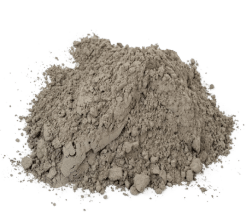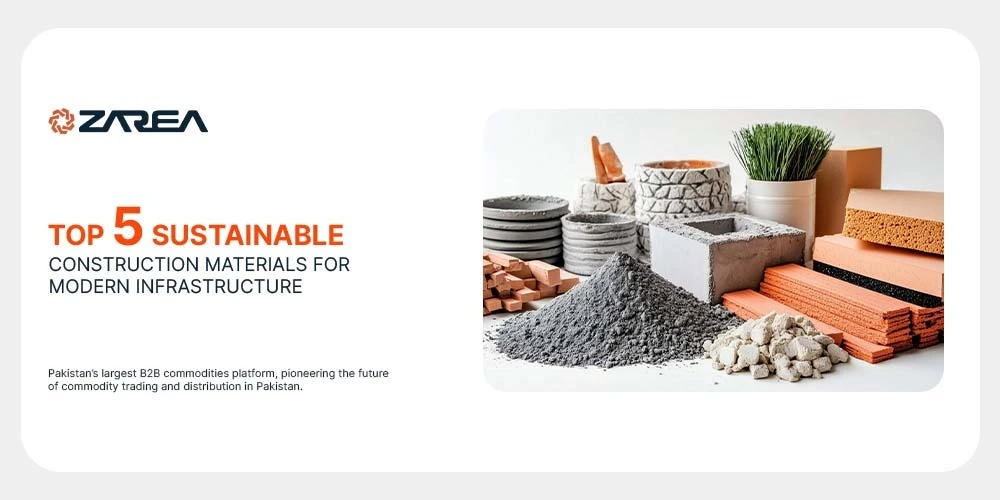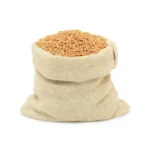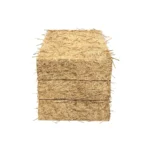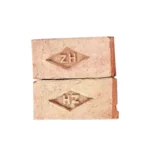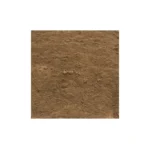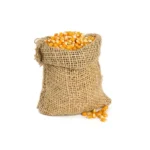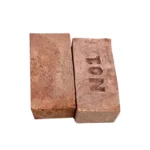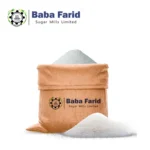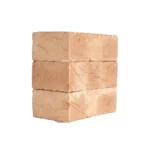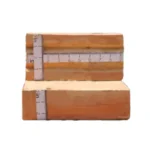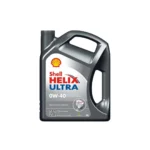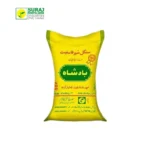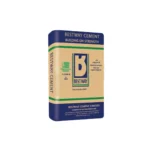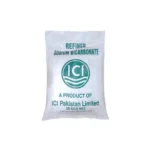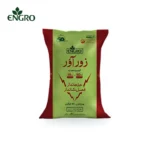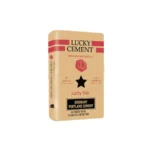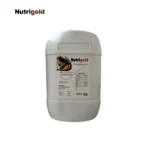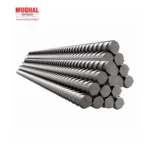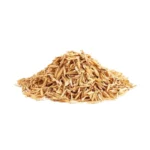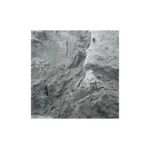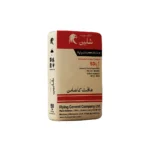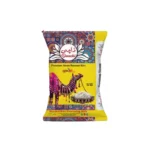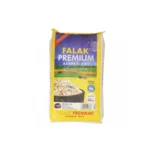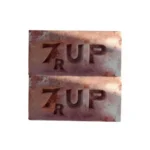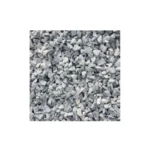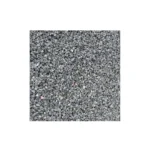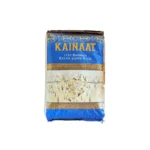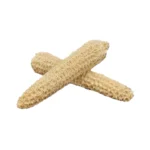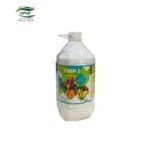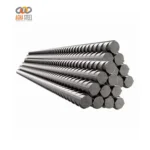Introduction – Sustainable Building Materials:
The construction industry must increasingly strike a balance between environmental responsibility and growth as urban development picks up speed throughout Pakistan. In nations like Pakistan, where resource efficiency and climate resilience are becoming more and more important, using sustainable building materials is not only a global trend but also an essential solution. The trend toward green building practices is accelerating, from private real estate developments to government-led infrastructure projects.
This article examines the top five sustainable building materials that are influencing Pakistan’s contemporary infrastructure, along with their advantages, uses, and applicability in the current environmentally conscious environment.
Top Five Sustainable Construction Materials:
Fly Ash Concrete:
Overview
In thermal power plants, fly ash is a byproduct of burning coal. It lowers the overall carbon footprint of construction when used as a partial replacement for cement in concrete.
Sustainability Benefits:
- Reduces cement usage (a major source of CO₂ emissions)
- Improves workability and strength over time
- Recycles industrial waste that would otherwise go to landfills
Applications in Pakistan:
Large-scale infrastructure projects like roads, dams, and commercial buildings are increasingly using fly ash concrete, especially in areas close to coal power plants like Sahiwal and Jamshoro.
Recycled Steel:
Overview
One of the strongest and most recyclable materials is steel. Energy consumption and resource extraction are significantly reduced when recycled steel is used in construction.
Sustainability Benefits:
- Fully recyclable without quality loss
- Reduces mining and processing of raw iron ore
- Low maintenance and long lifecycle
Applications in Pakistan:
Bridges, warehouses, and high-rise buildings all make extensive use of steel structures. Businesses that support the development of sustainable infrastructure, such as Mughal Steel and Amreli Steels, are now providing recycled and environmentally friendly options.
Autoclaved Aerated Concrete (AAC) Blocks:
Overview
Sand, lime, cement, and aluminum powder are the ingredients of AAC blocks, which are lightweight precast foam concrete building blocks. Compared to conventional bricks, they are quicker to install and provide better insulation.
Sustainability Benefits:
- Thermal insulation reduces HVAC energy usage
- Lighter weight reduces transportation emissions
- Lower water and material consumption during construction
Applications in Pakistan:
Because of their ease of use and potential for energy savings, AAC blocks are becoming more and more popular in urban housing and commercial projects in places like Lahore, Karachi, and Islamabad.
Bamboo Reinforcement:
Overview:
In low-rise construction, bamboo, a rapidly growing, renewable material, can be used in place of steel. It is biodegradable and has remarkable tensile strength.
Sustainability Benefits:
- Rapidly renewable (matures in 3–5 years)
- Biodegradable and carbon-neutral
- Locally sourced and affordable
Applications in Pakistan:
Researchers are investigating bamboo reinforcement in low-income housing models and eco-village projects, particularly in rural Sindh and Khyber Pakhtunkhwa, though it is still in the experimental stage.
Recycled Plastic Composite Panels:
Overview:
Manufacturers create these composite panels, which can be used for roofing, cladding, flooring, and partitions, by mixing recycled plastics with industrial waste such as wood fibers or ash.
Sustainability Benefits:
- Diverts plastic waste from landfills
- Weather-resistant and durable
- Low maintenance and recyclable
Applications in Pakistan:
Startups and sustainable building projects in urban areas are using recycled plastic panels more and more in boundary walls, modular homes, and temporary structures.
Why Sustainable Construction Matters in Pakistan:
Climate change, water scarcity, pollution, and deforestation are just a few of the environmental issues Pakistan is facing. Being a significant source of carbon emissions and resource depletion, the construction sector needs to act more proactively.
Advantages of Sustainable Building Materials:
- Reduced environmental footprint
- Lower operational and energy costs
- Improved indoor air quality
- Better thermal comfort and building longevity
Government programs such as the Alternate Energy Development Board (AEDB) and the Pakistan Green Building Council (PGBC) are also promoting eco-friendly building methods and technologies.
Zarea’s Contribution to the Advancement of Sustainable Materials:
As Pakistan’s leading B2B commodities platform, Zarea is helping accelerate the adoption of sustainable construction materials by:
- Offering verified, eco-friendly products such as AAC blocks and fly ash cement
- Connecting suppliers and bulk buyers through a transparent online marketplace
- Supporting green innovation and responsible sourcing
Zarea’s digital infrastructure is helping industries, builders, and contractors make well-informed decisions that support project efficiency and sustainability objectives.
Final Thoughts:
Sustainable development is the key to Pakistan’s infrastructure’s future. Adopting sustainable building materials is not only the right thing to do, but it is also practically required for resilience in the economy and environment. These materials, which range from bamboo and recycled plastics to fly ash concrete and recycled steel, provide observable advantages for all parties concerned.
Whether you work as an architect, contractor, or decision-maker in the construction sector, the time has come to incorporate environmentally friendly solutions into your projects. One building at a time, you help create a more sustainable and greener Pakistan by doing this.
FAQ’s:
What are sustainable building materials?
The materials must be long-lasting, recyclable or reusable, composed of recyclable materials, and sourced from local resources in the area where the builders will conduct the activity. Additionally, these materials (soil, adobe, wood, cork, bamboo, straw, sawdust, etc.) must be natural.
What is an example of sustainable construction?
Generally speaking, we can divide building materials into the following categories: renewable biomaterials, such as bamboo, sustainable wood, and plant matter that grows naturally and can be replaced by new plants.
What are the best materials for sustainable construction and renovation?
The top 8 environmentally friendly building materials:
- Hempcrete.
- Mycelium.
- Concrete that has been precast.
- recycled glass.
- recycled plastic.
- recycled steel.
- wood that has been recycled or reclaimed.
- Terrazzo.
What are sustainable eco-friendly materials?
Materials made to have as little of an impact on the environment as possible are referred to as eco-friendly materials. Usually, they are biodegradable, renewable, or composed of materials that come from sustainable sources. Bioplastics, bamboo, organic cotton, and recycled plastics are a few examples.
How to choose sustainable materials?
When choosing sustainable materials, keep the following points in mind:
- While all materials can be recycled, some are more challenging than others.
- At the end of life, some materials are simple to collect, while others are not.
- Reusing and recycling reduces pollution, energy use, and health hazards.
